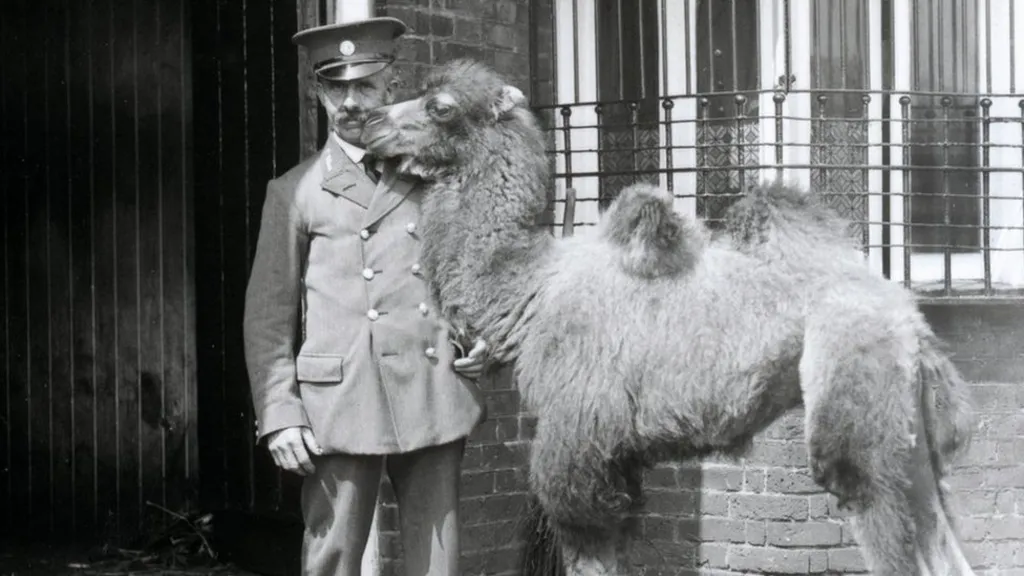London Zoo is reaching out for memories and memorabilia to enrich an exhibition commemorating its bicentenary.
Submissions from the public will be integrated into a 2026 showcase celebrating two centuries of conservation and research.
Among the treasures already housed in the archive are a 1930s ostrich egg, commemorative polar bear soaps, and a first edition of Charles Darwin’s seminal work, On the Origin of Species.
As the pioneer in admitting visitors without requiring a special order, the zoo holds a rich history.
The History Hive project, spearheaded by the zoo, aims to assemble a comprehensive collection encompassing both physical artifacts and intangible elements, such as vintage zoo toys, historical tickets, and an oral history archive capturing firsthand accounts.
London Zoo holds significant cultural ties, evident in its appearance in Sir David Attenborough’s inaugural natural history documentary, The Pattern of Animals, and the inspiration for Winnie the Pooh, drawn from a black bear named Winnie, beloved by author A.A. Milne and his son Christopher Robin.
Natasha Wakely, the zoo’s archivist, expressed excitement about the project, emphasizing its potential to unveil the objects and cultural remnants that illuminate the institution’s 200-year journey.

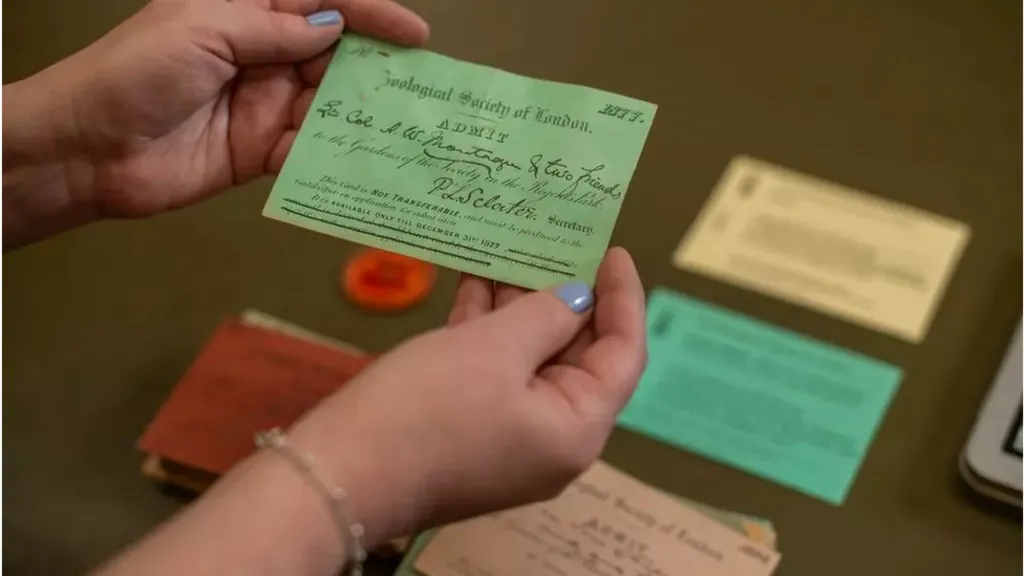
London Zoo, located in Regents Park, pioneered several groundbreaking exhibits including the first public fish house, insect house, reptile house, and walk-through aviary. Additionally, it coined the term “aquarium” by blending “aquatic” and “vivarium.” Notably, it achieved the first successful breeding of a polar bear named Brumas in captivity and holds the sole surviving photographs of a living quagga, a now-extinct zebra subspecies.
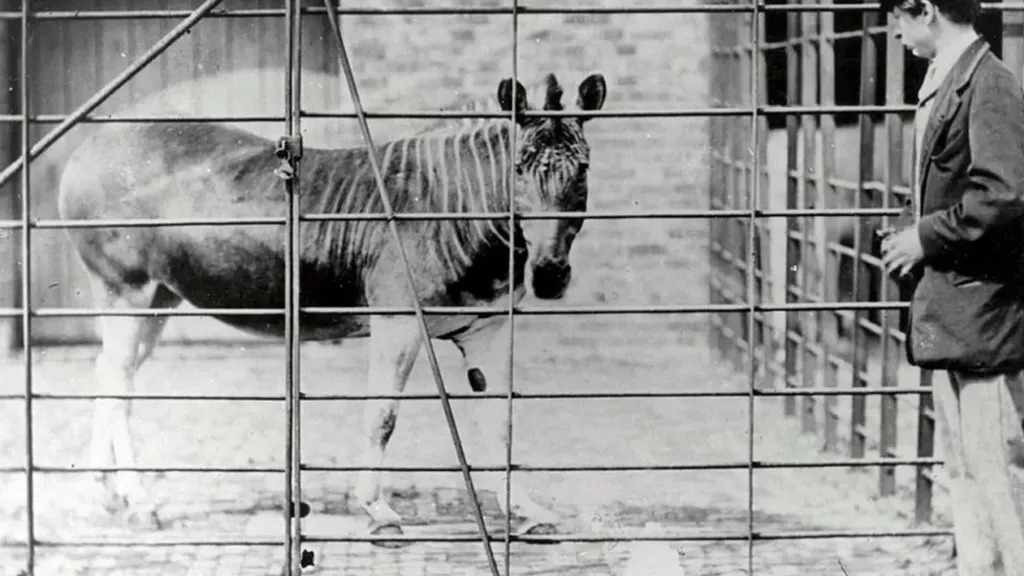
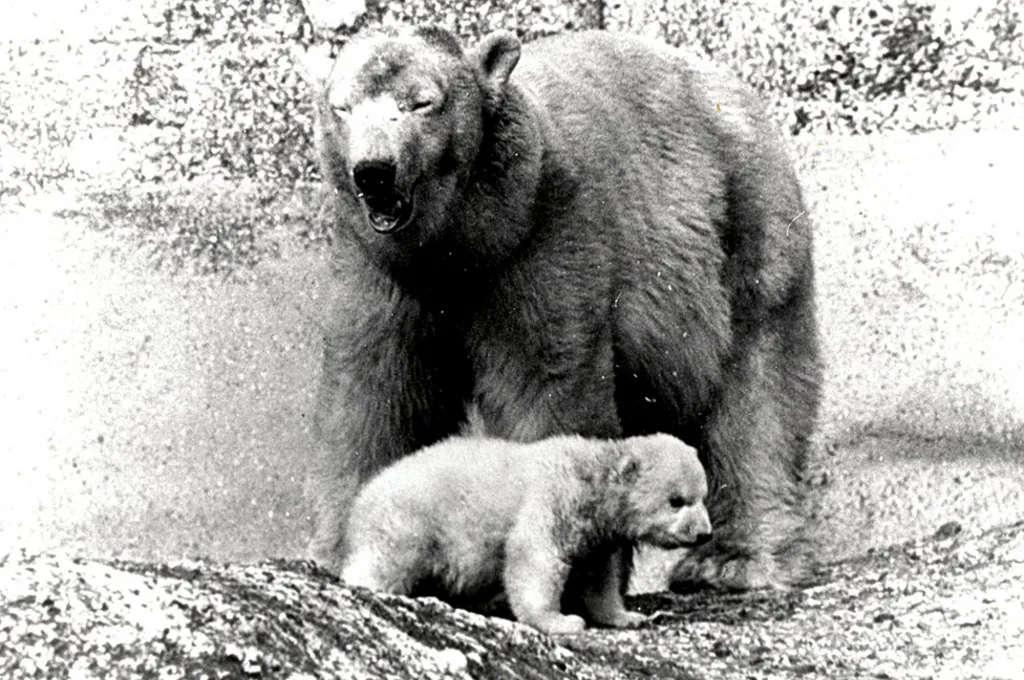
The zoo boasts a roster of distinguished inhabitants:
Guy the gorilla

Guy endeared himself to visitors as one of the zoo’s most cherished characters. He was known for his gentle demeanor, often seen scooping up sparrows that ventured into his enclosure, inspecting them closely before releasing them.
Tragically, Guy passed away in 1978 during dental surgery, succumbing to a heart attack.
Obaysch the hippo
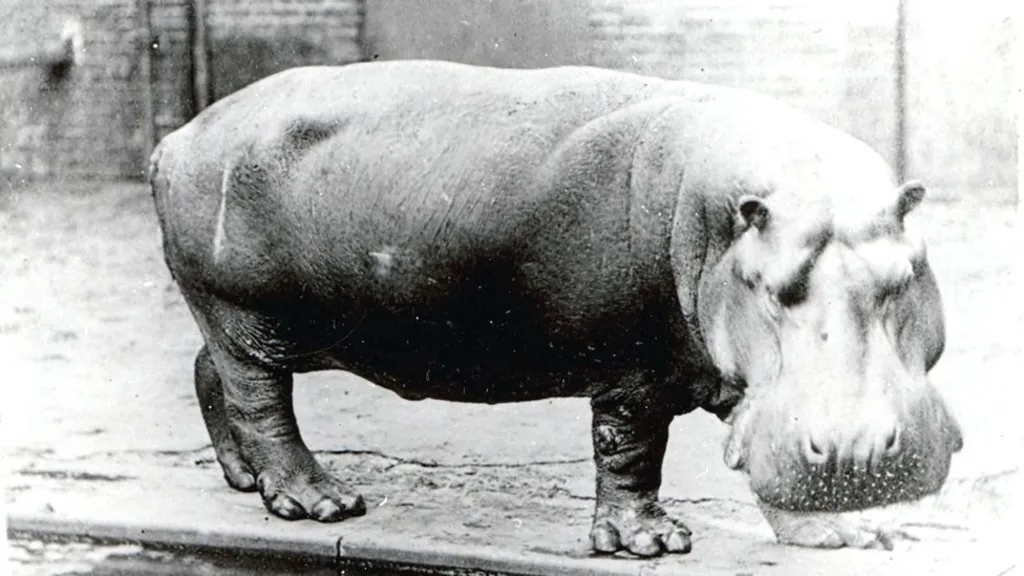
Obaysch, named after the island in the Nile where he was captured, embarked on a remarkable journey. After spending the winter in Cairo, he made his way to London, arriving on May 25, 1850. This marked the first time a hippo had reached European shores since the days of the Roman Empire.
Upon his arrival, Queen Victoria herself inspected Obaysch and marveled at his swimming abilities, likening them to that of a porpoise.
Goldie the golden eagle
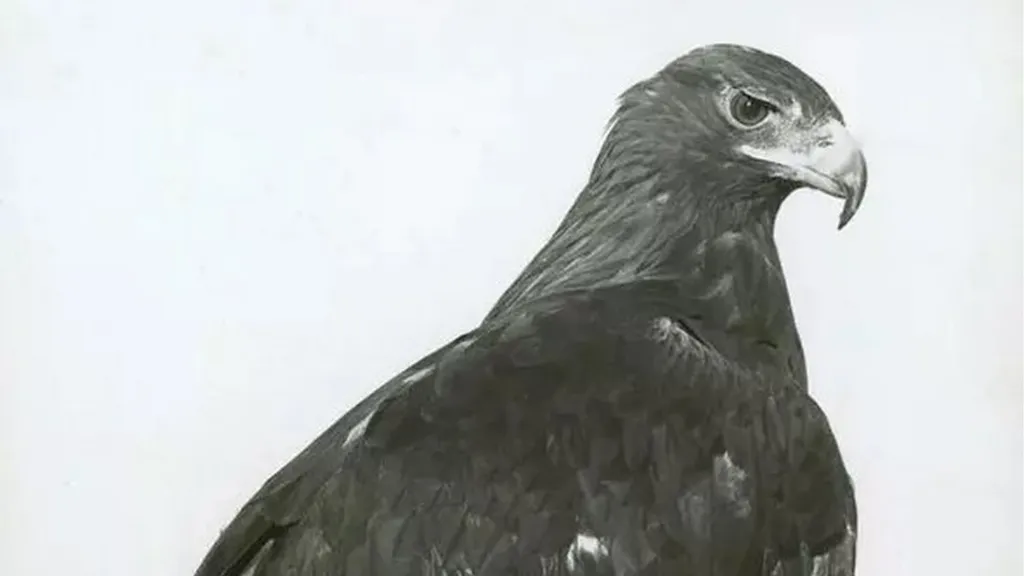
Goldie the golden eagle’s escape in 1965 captured the nation’s attention, so much so that it was even discussed in the House of Commons. As he soared from tree to tree, causing traffic jams around Regent’s Park, the entire city seemed captivated by his flight.
After an 11-day and 19-and-a-half-hour adventure, Goldie was eventually recaptured and safely returned to the zoo.
